Durable and low-maintenance packaging requires adherence to certain rules – and it will retain its flawless appearance, shape, and performance characteristics. How should cardboard boxes be stored to prevent delamination, damage, and loss of strength? This overview of basic recommendations will help significantly extend the lifespan of the packaging, ensure reliable protection of transported goods, and, most importantly, reduce the costs of repeated production.
Why Proper Storage of Cardboard Boxes Is Important
Moisture, dust, and mechanical impact negatively affect the condition of the packaging. Therefore, it is necessary to store finished products, whether assembled or folded, in a dry room. This helps to ensure:
- preservation of strength and shape – proper storage conditions prevent the loss of rigidity, ensuring that the packaging does not crumple or tear during transportation, while the contents remain securely protected;
- prevention of mold – cardboard does not delaminate, deteriorate, or absorb unpleasant odors;
- reduced risk of product damage – the packaging retains its functionality, avoiding premature replacement and additional expenses.
This also contributes to maintaining the brand’s image: the client receives the product in neat, presentable packaging, which strengthens trust and increases loyalty.
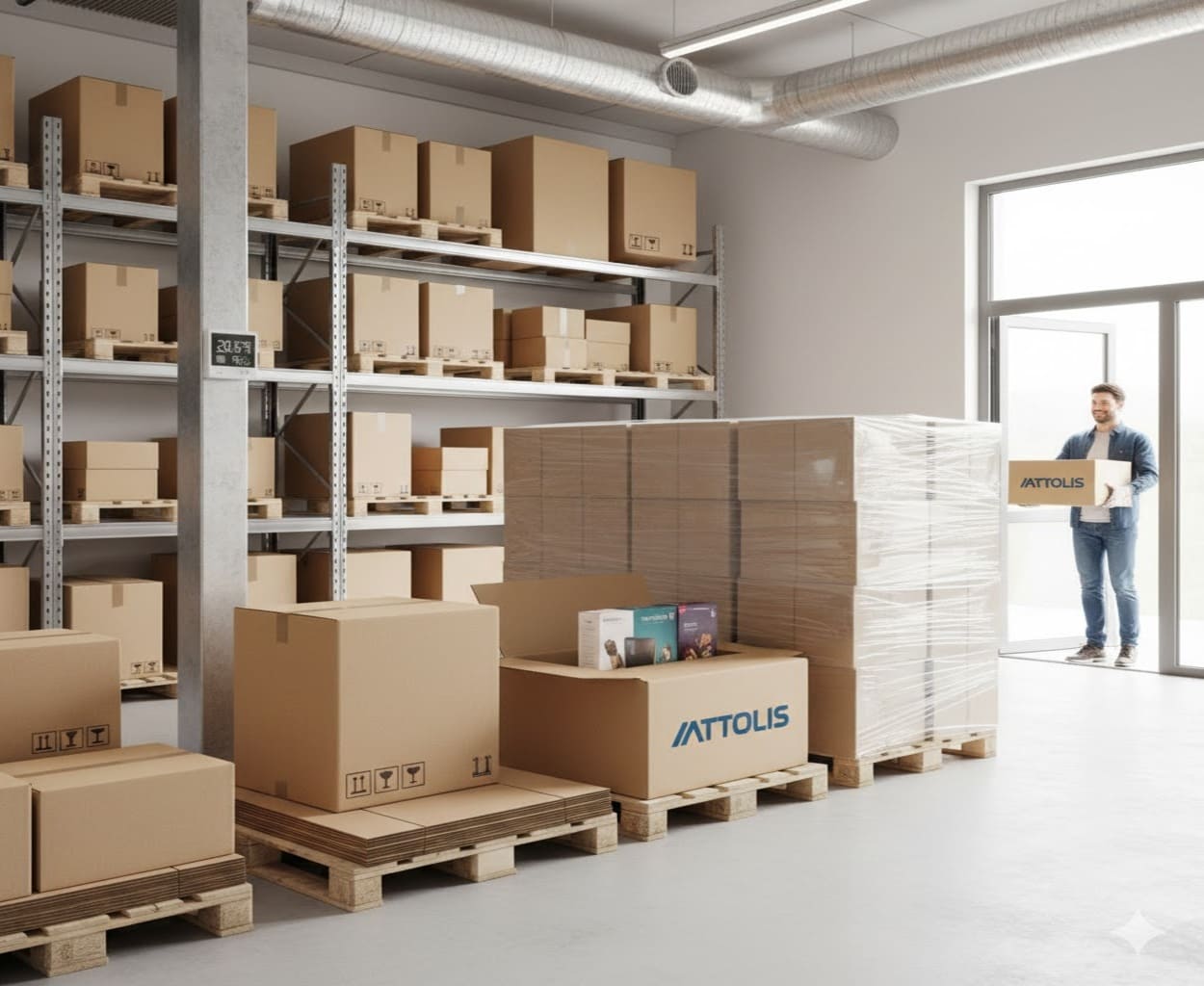
Basic Rules for Storing Cardboard Boxes
It is essential to create stable and safe conditions so that the appearance and material properties remain unchanged:
Temperature and Humidity Control
The optimal temperature range is between +15 and +25 °C, with air humidity not exceeding 65%. Such storage conditions prevent the softening and cracking of the material. Good ventilation is also an advantage to avoid condensation buildup.
Sorting by Size and Type
Organized storage on shelves ensures durability. It is best to sort packaging by type – gift boxes, corrugated transport boxes, branded packaging – as well as by size to avoid pressure and deformation. Flat-packed boxes should be stacked evenly on pallets without distortions.
Protection from Dirt and Dust
External exposure damages not only the appearance but also the structure of the material. Maintaining cleanliness in the warehouse is important, and polyethylene film serves as a reliable barrier against contamination.
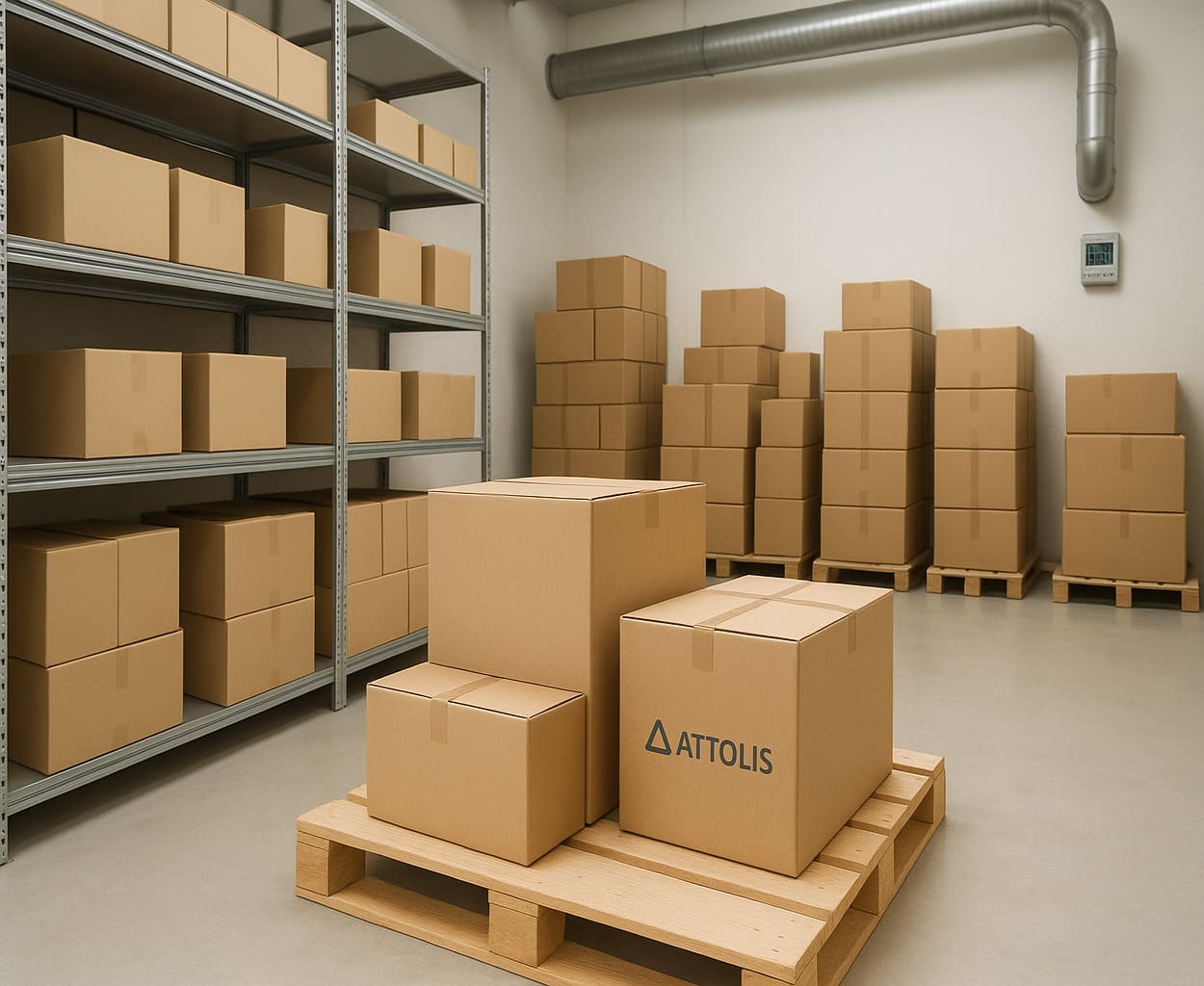
What to Avoid When Storing Boxes
Certain mistakes can cause irreversible damage: the packaging becomes soft, delaminates, or gets stained. To keep it in its original condition, follow these storage tips and minimize the impact of the following factors:
- high humidity – causes layer swelling, loss of shape, and softening of adhesive bonds;
- direct sunlight – ultraviolet light is destructive, causing print fading, yellowing of the surface, and weakening of the material structure, even on laminated products;
- overloading and uneven stacking – avoid piling boxes too high or placing them on uneven surfaces.
Also avoid sudden temperature fluctuations: frequent alternation between cold and heat, as well as storage in unheated rooms during winter, is unacceptable.
ATTOLIS Tips for Long-Term Packaging Storage
All production processes are strictly monitored to ensure that the packaging reaches the customer in perfect condition, without any defects or damage. It will remain that way if the following guidelines are followed:
- store in a horizontal position;
- use protective covers;
- avoid stacking near walls, windows, or heat sources.
By ordering boxes directly from the manufacturer, customers can be confident in their excellent quality. Regularly checking the condition of the stock every few months and maintaining a stable microclimate will easily ensure long-term storage.
Order packaging from Attolis
| Appearance | Manufacturing Material | Scope of Application |
|---|---|---|
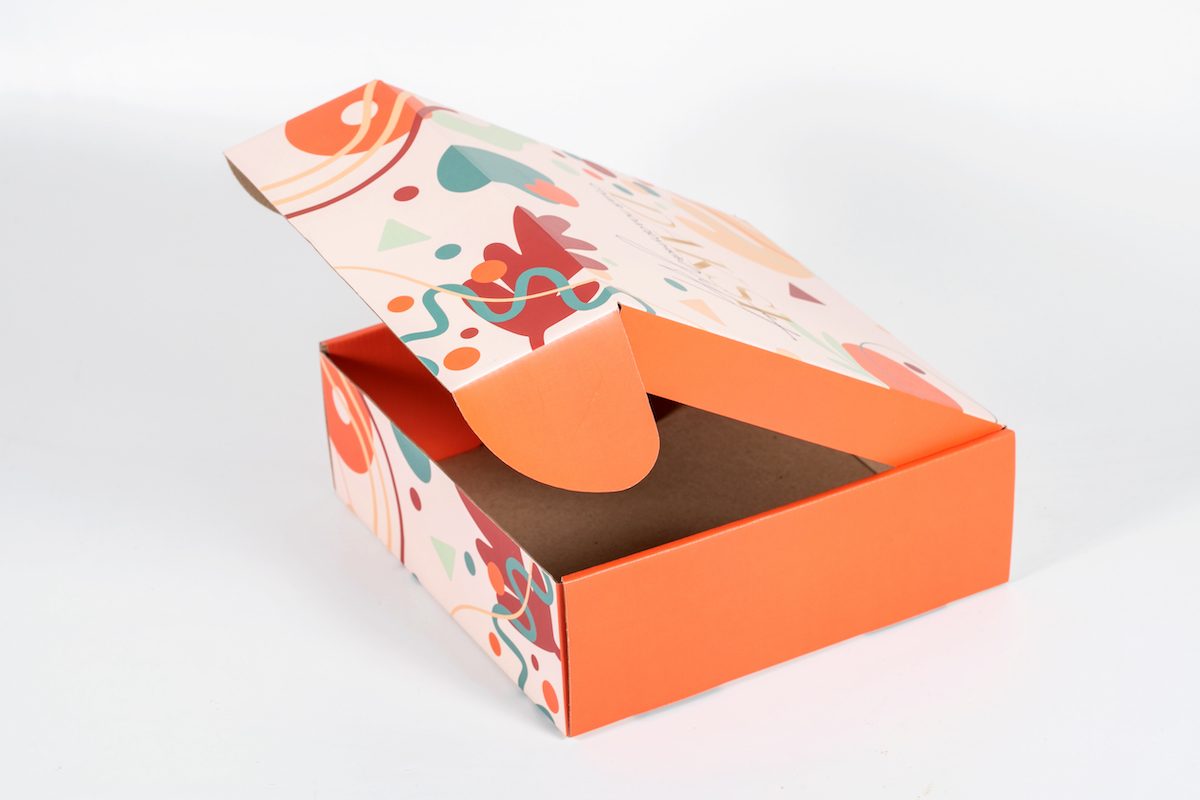 |
||
| Self-assembling boxes | cardboard, corrugated fiberboard, designer cardboard 200 mg (brand: T-22 E-wave) | packaging for food products; boxes for confectionery; children's goods packaging; for small appliances |
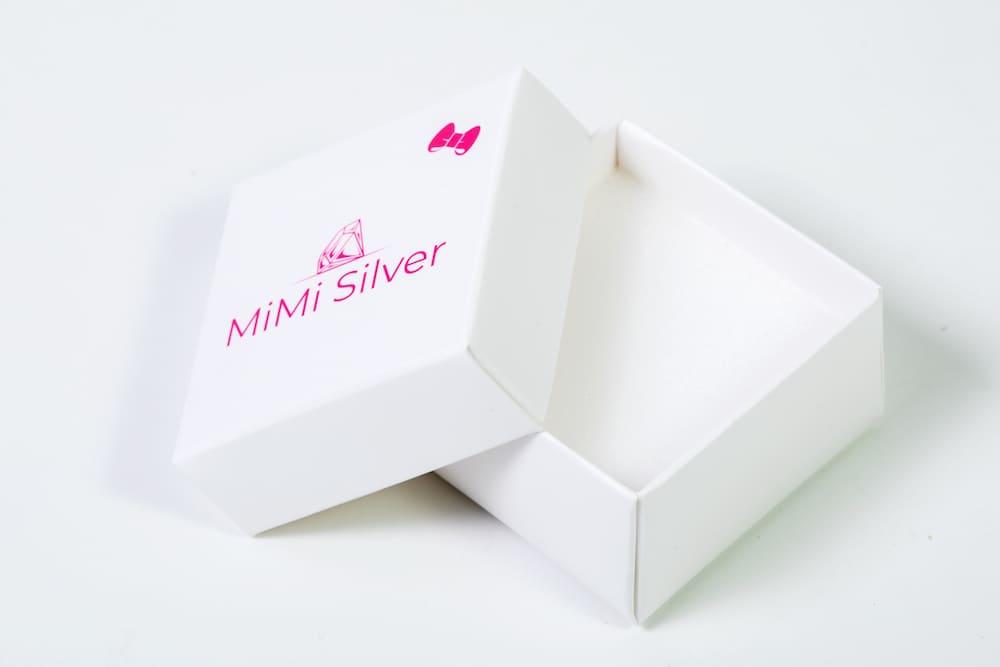 |
||
| Lid bottom | laminated cardboard, laminated corrugated cardboard, binding cardboard, micro-corrugated cardboard brands: T-22, T-24 (E-wave) | perfume packaging; boxes for jewelry; confectionery; gift products; bed linen |
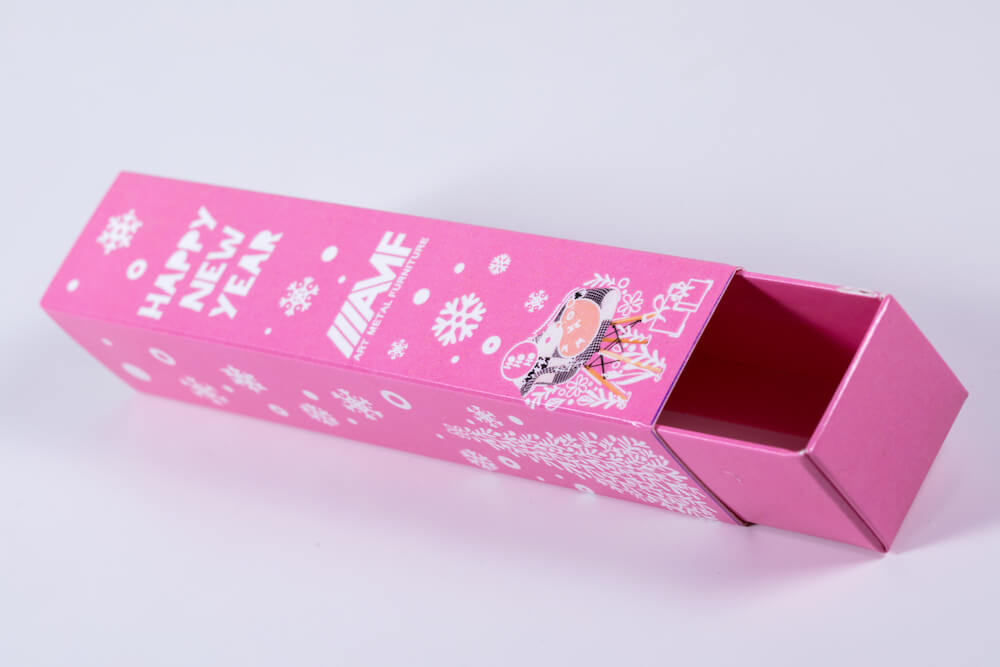 |
||
| Penal boxes | thin or thick cardboard (craft, plain, colored, or printed), cellulose cardboard (brand: T-22 cardboard density 275 g/sq. m.) | packaging for gift products; confectionery; children's goods |
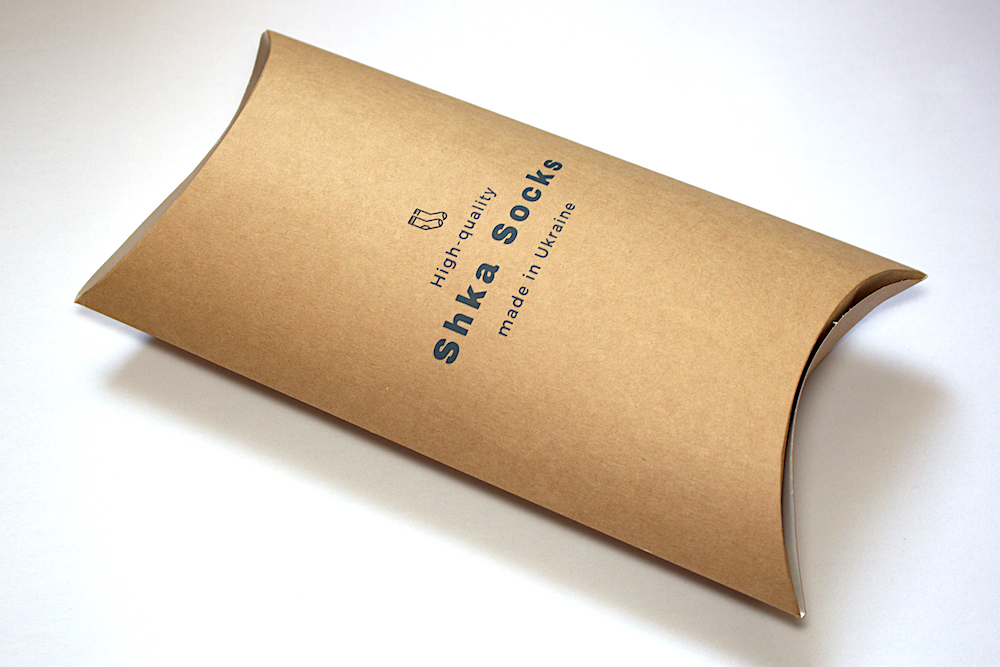 |
||
| Pillow boxes | Cardboard, brown kraft-catron (cardboard of 250 g/sq. m.) | sock packaging; jewelry or ornaments |










